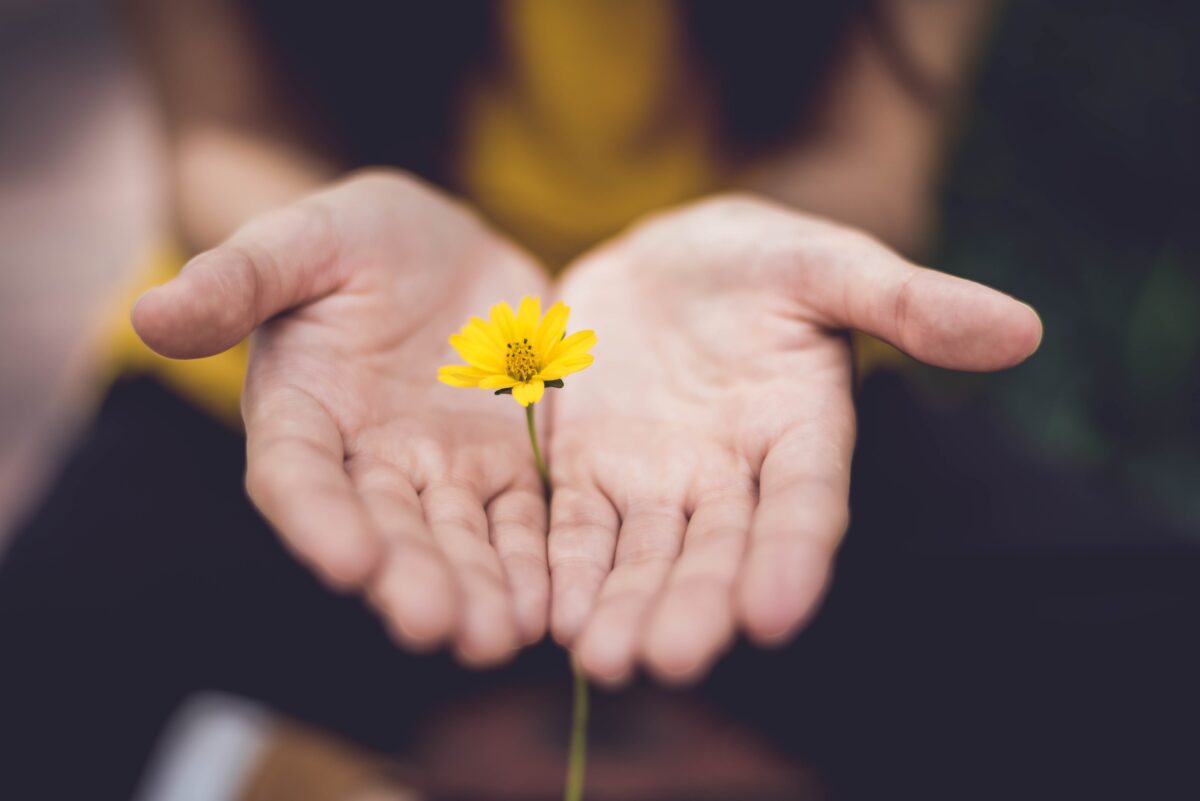Mind full vs. mindful. We all have been there, right?
‘Mindful’ is a state of mind we can foster intentionally.
Methods vary to people’s needs, especially when we are under pressure and striving to achieve goals. Recently, a client shared her surprise at how companies still keep within job announcements the well-known “ability to perform well under pressure” line. As Adam Grant nailed it in his book “Think again”, a proper answer to the question of how one deals with pressure and stress, is “an even mix of angry outbursts and shutting down completely”.
WHAT OTHER OPTIONS DO WE HAVE?
No one likes to be under pressure and yet we all are. Whether we’re part of or leading a team, or acting as a solopreneur or startup commanders, the initial response to negative emotions is to suppress them. This a bad idea, which will throw us at the “bottling or brooding” spiral, coined by the psychologist and author of the book “Emotional Agility”, Susan David.
Here’s a brief yet intense exercise, inspired by exploring and understanding more about the scientific process behind different mindfulness practices and especially the popular technique RAIN – a process developed by Michelle McDonald as part of the mindfulness movement, which is characterized by the cultivation of moment-to-moment awareness of ourselves and our environment and attention to our feelings without accompanying it with judgment. In other words, to reconnect to ourselves.
TRY BRIDGE
The technique BRIDGE serves very well to people who are more kind of Do-ers than Be-ers and who need to rationalize the role emotional intelligence (EQ) plays for their mental well-being.
Emotional intelligence, otherwise known as emotional quotient or EQ is the ability to understand, use, and manage your own emotions in positive ways to relieve stress, communicate effectively, empathize with others, overcome challenges, and defuse conflict.
In light of the above said, the BRIDGE technique can help a busy person to observe their thoughts, emotions, and sensations consciously without trying to hide or solve them.
BRIDGE – MINDFULNESS TECHNIQUE TO CALM THE MIND
You need 6 to 8 minutes for this exercise in an uninterrupted environment. Here is BRIDGE step by step:
B stands for BE. Meet yourself wherever you are, whoever you are, you don’t need to BE anything but you. Here and now. Just the way you are at that moment. Your thoughts, the way you feel about given circumstances, you, authentically.
R is for RECOGNIZE. Recognize your mood now. Maybe you are experiencing an emotion. Allow yourself to do so. Maybe you are a little bored. Or you are anxious about a deadline and feel guilty for investing time in this exercise… Or perhaps you are calm and still. Recognize the emotion as it is even if you aren’t able to give it a name. It is fine.
I is for INQUIRY. Move your attention from how you feel to where in your body it reflects. Do you feel physical sensations in a particular part of the body? How does it feel? Sense and observe with curiosity.
D is for DEVELOP. Develop your awareness of the situation, your feelings, and your sensations. Through the mindful technique of labeling, you can learn what you are dealing with. Sadness, worry, joy, happiness, or even hunger… they can all be named. You may experience a few emotions at once. Start by separating them and giving each a label. Stay with this labeling for a while. Let it sink in.
G in bridge stands for GAIN. I invite you now to gain further clarity. What is the message for you from your body and mind here? What is behind this sensation? Pause for a while and give it time to say what it has to say to you.
And finally, E is for EMBRACE. Whatever the reason is for you to feel that way, embrace it, and show yourself kindness. It is a part of you for a reason and is here to support you, to accompany you in your humanly fragile and flawless way forward.
This is BRIDGE, an easy exercise to bring you to a mindful state for a few minutes. The most important part of mindfulness is to recognize that it is a training of the mind, and like any exercise – in the gym or outdoors, prepare yourself to run a marathon, it will take some time before you see the benefits.

